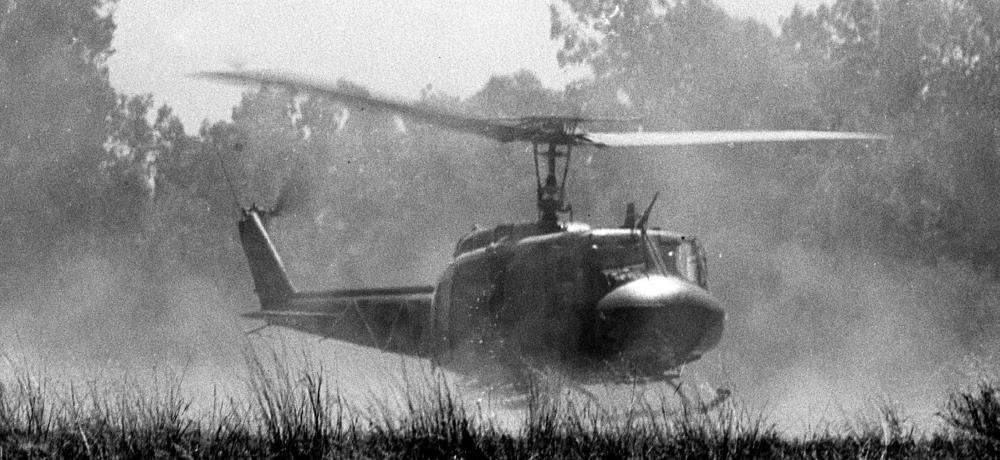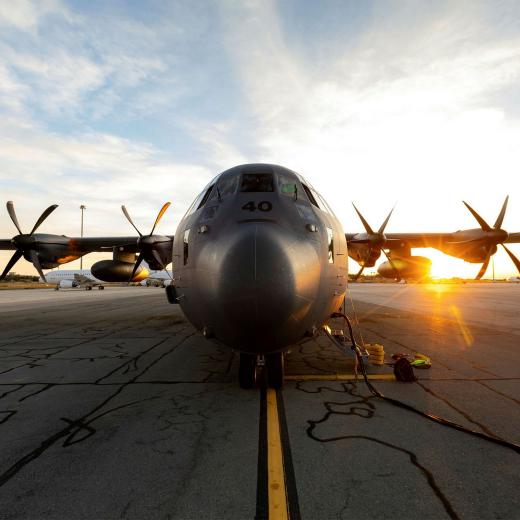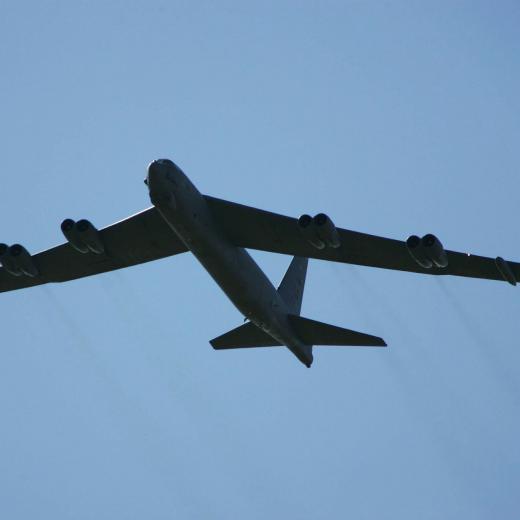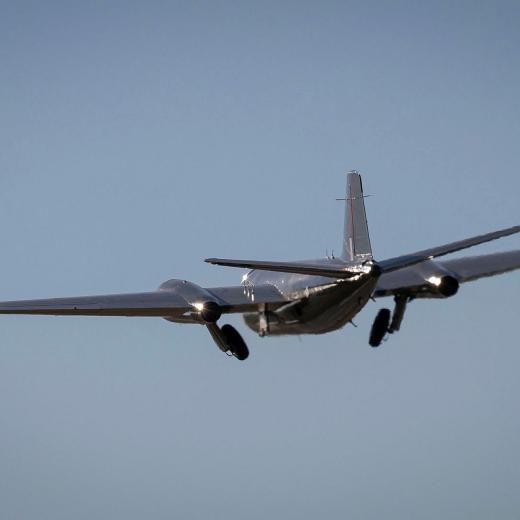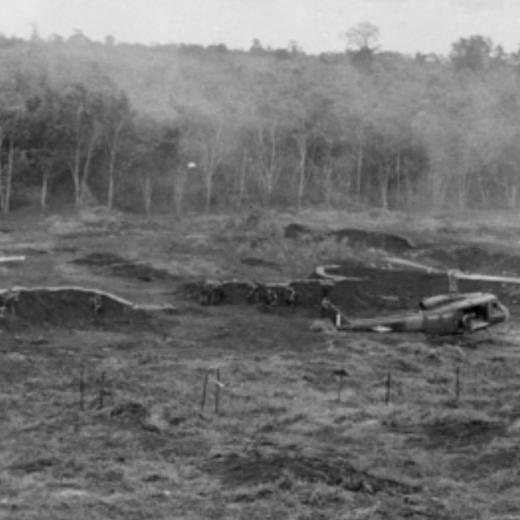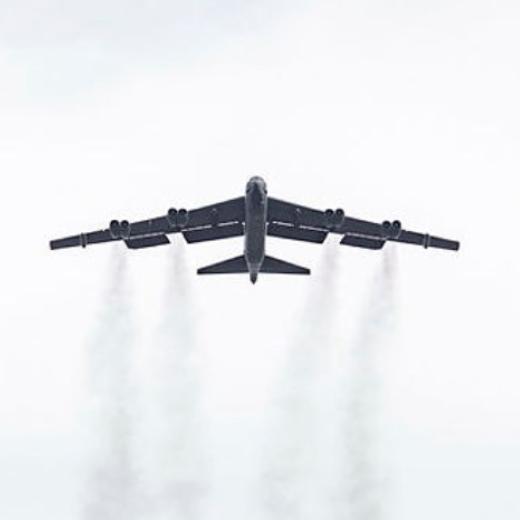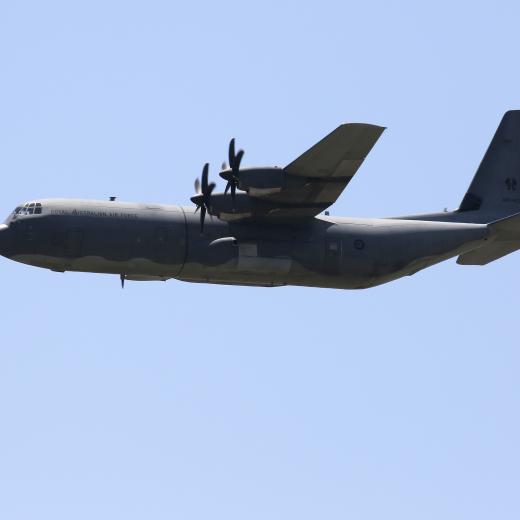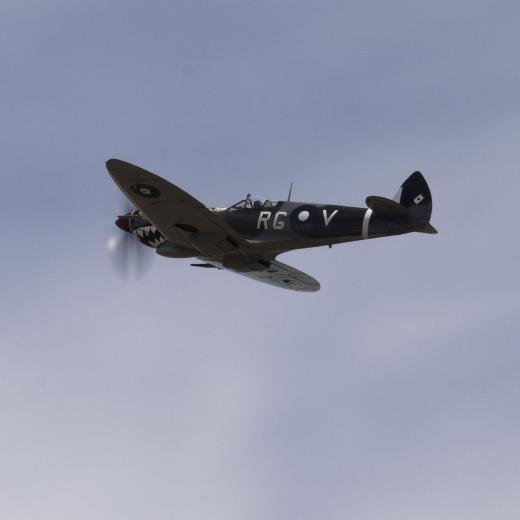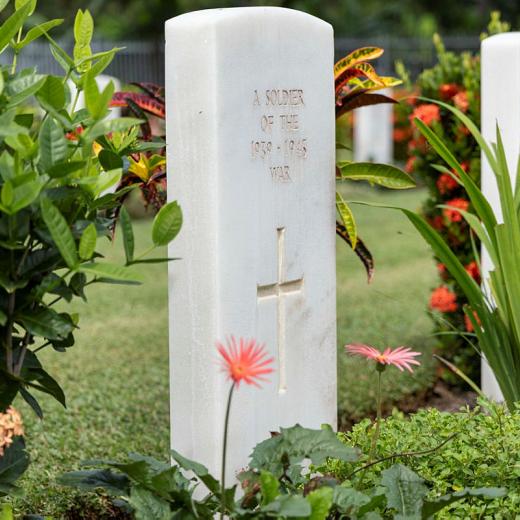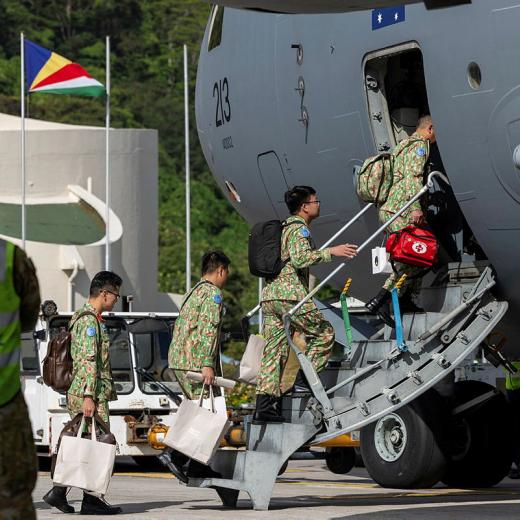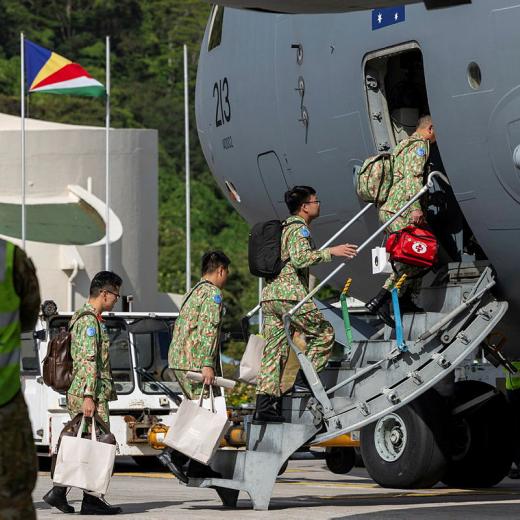Air Force Squadrons
No. 2 Squadron (Canberra bombers)
Role: Flew bombing missions against infrastructure targets and enemy troops, initially at night and later in daytime precision attacks.
Location: Based at Phan Rang Air Base and operated as part of the USAF's 7th Air Force.
No. 35 Squadron (Caribou transport)
Role: Provided tactical airlift, including transporting personnel, cargo, and conducting medevac and supply drops. Known as "Wallaby Airlines".
Location: Operated throughout South Vietnam, supporting Australian and Allied forces.
Aircraft: De Havilland Canada DHC-4 Caribou aircraft.
No. 9 Squadron (Iroquois helicopters)
Role: Provided general helicopter support, with some aircraft configured as gunships. They were heavily involved in troop transport, medical evacuations, and supporting SAS patrols.
Location: Operated throughout the theatre of operations.
Aircraft: Bell Iroquois (Huey) helicopters.
Other units
No. 5 Airfield Construction Squadron: Provided airfield support.
Neptune Squadron: Deployed on maritime surveillance duties.
No. 79 Squadron: Operated from Ubon, Thailand, providing air support on the border with North Vietnam.
Background:
The Vietnam War (1955-1975) was a conflict between communist North Vietnam, backed by China and the Soviet Union, and capitalist South Vietnam, supported by the US and its allies. The aim was reunification under a single government: communist for the North and Viet Cong rebels, capitalist for the South. The war, marked by severe combat, civilian casualties, and US anti-war protests, ended with Saigon's fall to the North and Vietnam's reunification under communism.
Air Power
KEY POINTS
- Operation Rolling Thunder: A prolonged bombing campaign aimed at discouraging North Vietnam's support for the Viet Cong.
- Air Mobility and CAS: The significant aid of airpower and helicopters to ground forces.
- Interdiction and Strategic Bombing: The disruption of enemy supply chains through bombing campaigns, which drew international criticism.
- Reconnaissance and Electronic Warfare: The vital role of aerial surveillance and electronic tactics in providing intel on enemy movements.
- Psychological Operations and Innovations: The use of tactics aimed at demoralizing the enemy, paired with technological advancements like the AC-130 gunship and laser-guided bombs.

